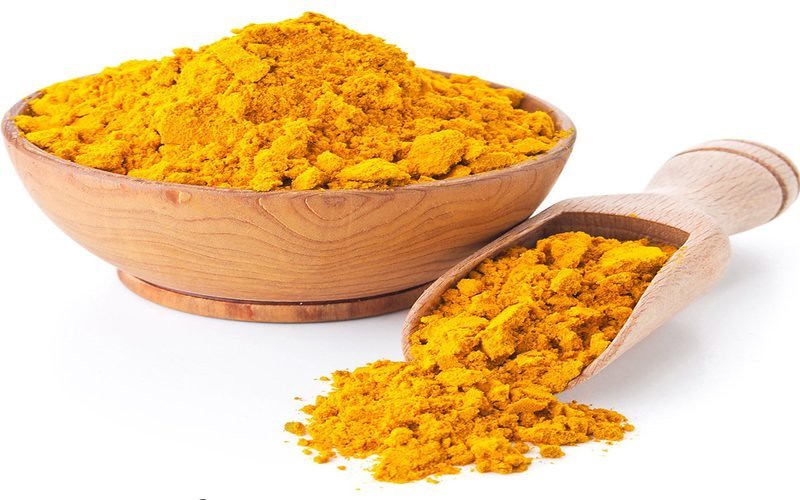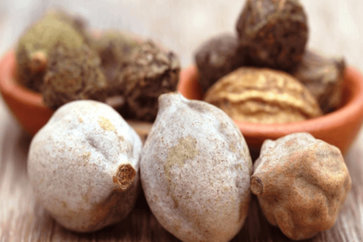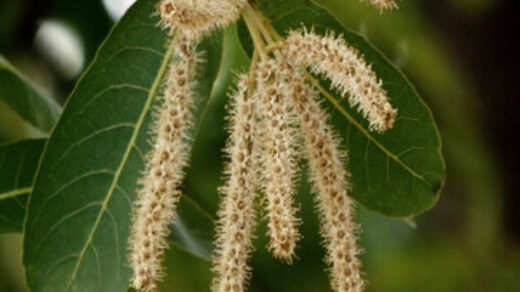What Are The Health & Beauty Benefits Of Turmeric?
What is Turmeric ? Turmeric, often misspelled as turmeric, is a spicy Indian spice. Used in many spice mixtures as flavoring and coloring agents.The flavor of turmeric is often described as buttery, slightly bitter, with a touch of mustard and horseradish. Fresh turmeric is more like ginger, but more sweet and aromatic.

Turmeric is a spice made from powdering the roots of the Curcuma longa perennial also called curcumin. It is a selected ingredient in curry powder and appears heavily in Asian cuisines. Since it gives a vivid yellow color to the food, it is prepared with, it is often used to color as well as spice up condiments, rice dishes and sauces.
The active element in turmeric is curcumin. It is regarded to be an anti-inflammatory, and healthy as an antioxidant. Antioxidants are solidities that are regard to help prevent aging by binding the breakdown of cells by oxidization.
A Brief History Of Turmeric: The Golden Spice
The exact origin of turmeric is not known but it is believed that it originates from the south or southeast Asia,most probably in western India.Turmeric is a sterile plant, and produces no seeds. Are believed to have arisen by selection and vegetative propagation of a hybrid between wild turmeric (Curcuma aromatica), native to India, Sri Lanka and the Himalayas and some other closely related species.
Turmeric has been cultivated in India since antiquity. It reached China in the year 700 AD, East Africa in 800 AD and West Africa in 1200. It was prefaced to Jamaica in the 18th century. The here and now, turmeric is cultivated in every tropical zone.
Use of Turmeric Plant
Turmeric is cultivated, probably at first as a dye, and then became a value as a condiment, as well as for cosmetic purposes. It is often used in cooking as a substitute for more expensive saffron. In the 13th century, Marco Polo wrote of this species, marveling at a vegetable as they exhibited qualities similar to saffron.
Familiar to the contemporary world as a major component of curry powder, the striking orange-yellow rhizome is lent a special aura of ancient India. It has always been considered a promising material in the sub-continent, both between cultures arias (mostly northern) and Dravidian cultures (mostly Southern) and its value can extend in the history of beliefs ancient indigenous peoples. Common name of turmeric in the north, haldi, is derived from the Sanskrit Haridra, and south is called Manjal, a word often used in ancient Tamil literature.
Turmeric has a long history of medicinal use in South Asia, mentioned in Sanskrit medical treatises and widely used in Ayurveda and Unani systems. Susruta Ayurvedic Compendium, dating from 250 BC, recommends an ointment containing turmeric to relieve the effects of the poisoned food.
1.It Prevents Cancer
There have been a lot of research on anti-cancer properties of turmeric, but the results are still very early. The evidence from test tube and animal studies suggest that curcumin may help prevent or treat various cancers, including prostate, breast, skin and colon cancer.
Its preventive effect may be because it is a powerful antioxidant, protecting cells from damage. More research is needed. Cancer should be treated with conventional medications.Do not use alternative therapies to treat cancer only. If you choose to use complementary therapies with their cancer treatment, be sure to inform all your doctors.
2.It Improves Indigestion & stomach upset
Curcumin stimulates the gallbladder to produce bile, which some people think they can help improve digestion. Germany’s Commission E, which determines that herbs can be prescribed safely in Germany, has approved turmeric for digestive problems.
A double-blind, placebo-controlled trial found that curcumin reduced the symptoms of bloating and gas in people who suffer from indigestion.
3.It is helpful in Osteoarthritis
Because of its ability to reduce inflammation, researchers have wondered whether turmeric may help relieve the pain of osteoarthritis. One study found that people using an Ayurvedic formula of herbs and minerals with turmeric, winter cherry (withinia somnifera), boswellia (Boswellia serrata), and zinc had less pain and disability. But it ‘s impossible to know whether it was a turmeric or other supplements – or all together – that was responsible.
4.It Heels Cracked
If you are suffering from cracked heels, mix three tablespoons of turmeric with a few drops of coconut oil. Apply on the cracked heels this will give relief to the heels.You can also apply a mixture of turmeric and castor oil on the heels, for ten minutes before taking bath Regularly use will benefit as turmeric acts as a healing properties.
5.It Reduce Acne
Turmeric mask’s faces are extremely effective in the healing of acne. Take a little turmeric powder with sandalwood and apply on the face,hold for about ten minutes and wash the face. Take turmeric powder with a few drops of mustard oil and lemon juice.
Apply on acne and keep on for ten to fifteen minutes,wipe gently and Wash with water.Repeat this three times a week? Drink a glass of warm milk, with a spoonful of turmeric will also help to ameliorate immunity and at the same time, to animate body system to get rid of acne.
6.It Removes Wrinkles
Take turmeric and mix with juice of sugar cane and apply on your face to solve problems of wrinkles. Add some butter with turmeric and apply this paste around the eyes to eliminate wrinkles that are at sensitive area. Both remedies must be maintained for about ten to twenty minutes and then wash with cold water.



























very useful post
Aside from the turmeric uses in the culinary world, there are other turmeric benefits that people are not often aware off.